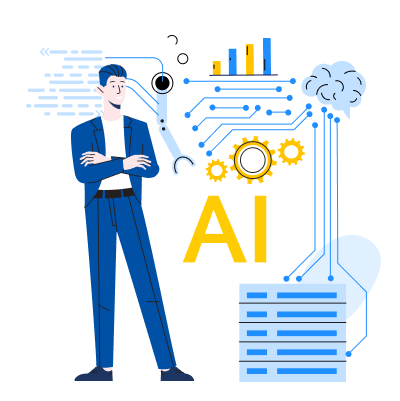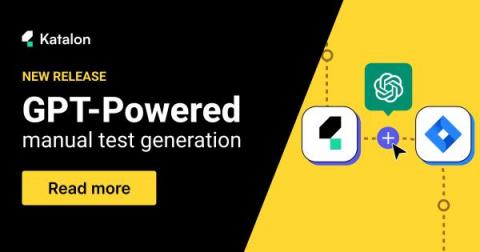Unlocking the Magic of JavaScript Asynchronous Programming: Mastering Callbacks, Promises, and Async/Await
“A single-threaded, non-blocking, asynchronous, concurrent programming language with many flexibilities”. This is how freeCodeCamp defines JavaScript. Sounds great, right? Well, read it again. JavaScript is supposed to be single-threaded and asynchronous simultaneously. Which, when you think about it, sounds like a contradiction.











